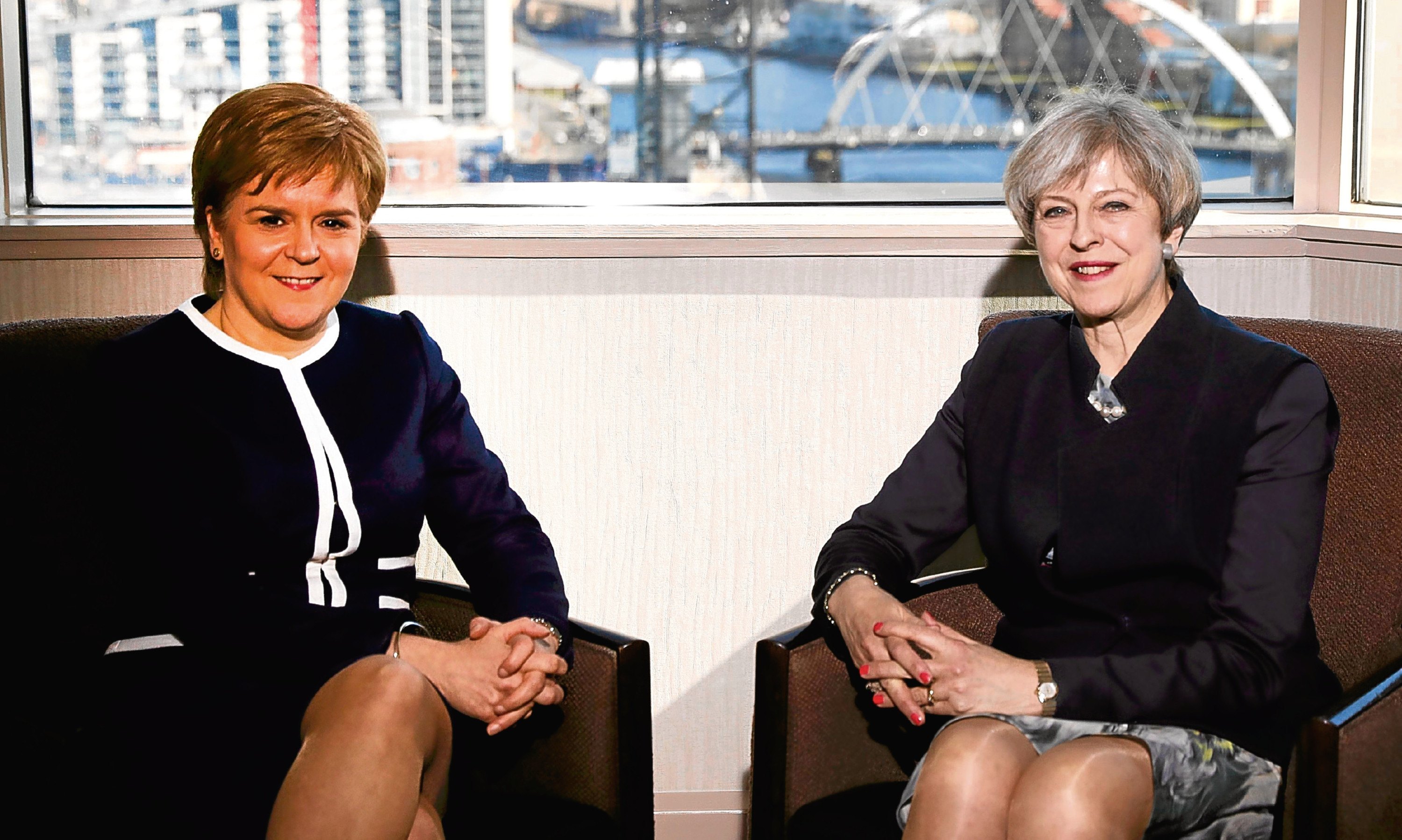It feels like you can barely turn around these days without hearing the B-word.
Or far that matter the I-word.
Brexit and independence – and frequently a mix of both – are the hot topics on everyone’s lips right now – and they are here to stay.
While the official notice period for the UK’s exit from the European Union is two years from this very day, some well-placed commentators have suggested it could take as long as a decade for all of the Brexit i’s to be dotted and t’s crossed.
The timetable for a second referendum on Scottish independence is even less clear.
First Minister Nicola Sturgeon wants a vote before the Spring of 2019 when the UK technically leaves the EU, but the Prime Minister has said no.
Whether Mrs May will ever grant a second vote remains to be seen, but one thing that is certain is the issue is not going to magically disappear.
It is often said that the greatest enemy of business is uncertainty.
With Brexit and IndyRef2 – and the wider political climate dominated by the hugely unpredictable President – Trump – there is now as much uncertainty as there was at the height of the financial crash almost a decade ago.
So what does it all mean for Scotland’s private sector?
The answer is no-one really knows right now as there is a distinct lack of quality, unbiased information on the subjects at hand.
There is also a lack of willingness among companies to speak their mind about Brexit, indy or any other political hot potato, for fear of alienating customers with differing points of view.
That is understandable, but Scottish businesses cannot just adopt the head in the sand approach and ignore the political maelstrom around them.
Brexit issues like access to key markets, tarrifs on imports and exports and the free movement of workers are too fundamental to stand back from and not offer an opinion.
The same goes for independence – what would the business support environment look like if Scotland were a standalone country?
Would there be a hard border barring free movement of goods into England, the number one export market for Scottish products?
In both IndyRef1 and the run-up to the Brexit poll, I bemoaned the lack of debate within business circles of the real and pressing issues.
Brexit is now a reality and it demands a response.
Thankfully, Scottish Chambers of Commerce have recognised that a vaccuum exists and is consulting with members about how to collectively react.
That is a positive move but we also need more individuals to have their say.
After all, Scotland’s future economic wellbeing is at stake.
